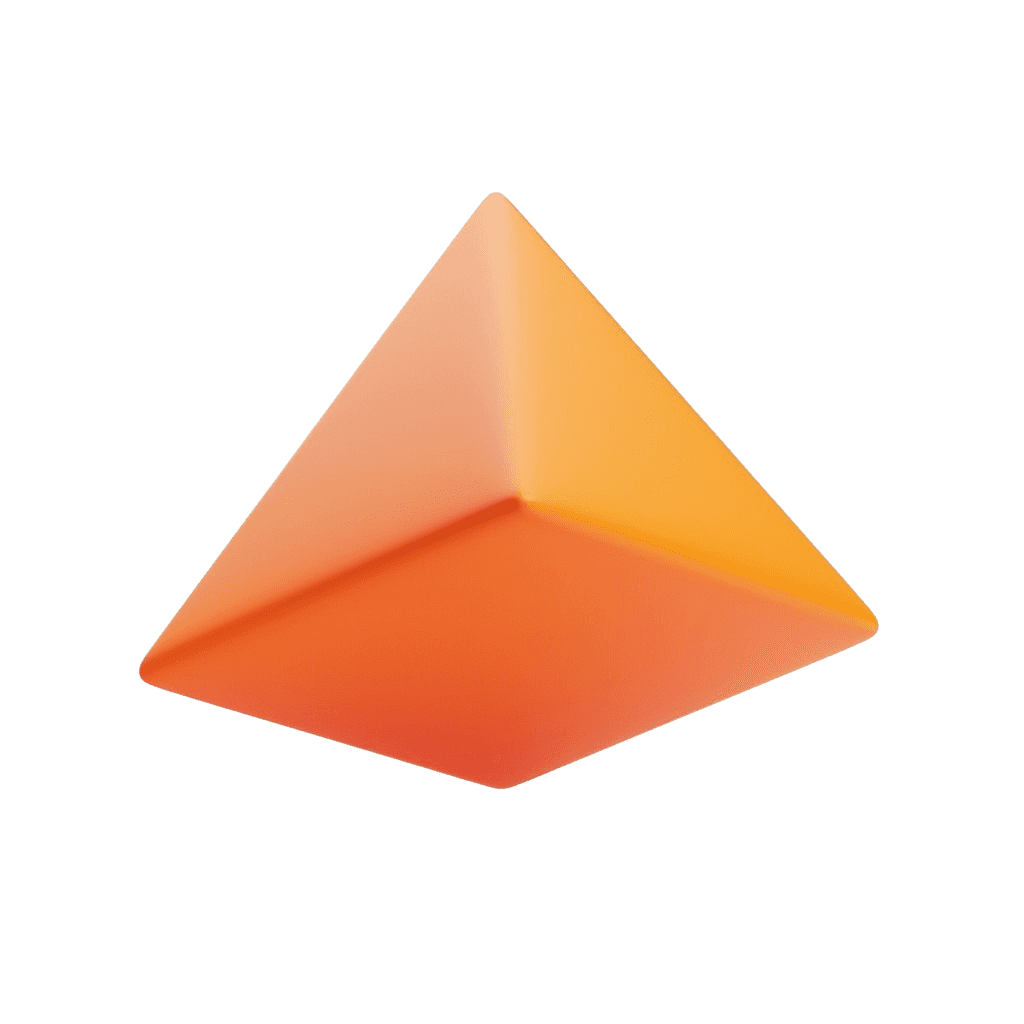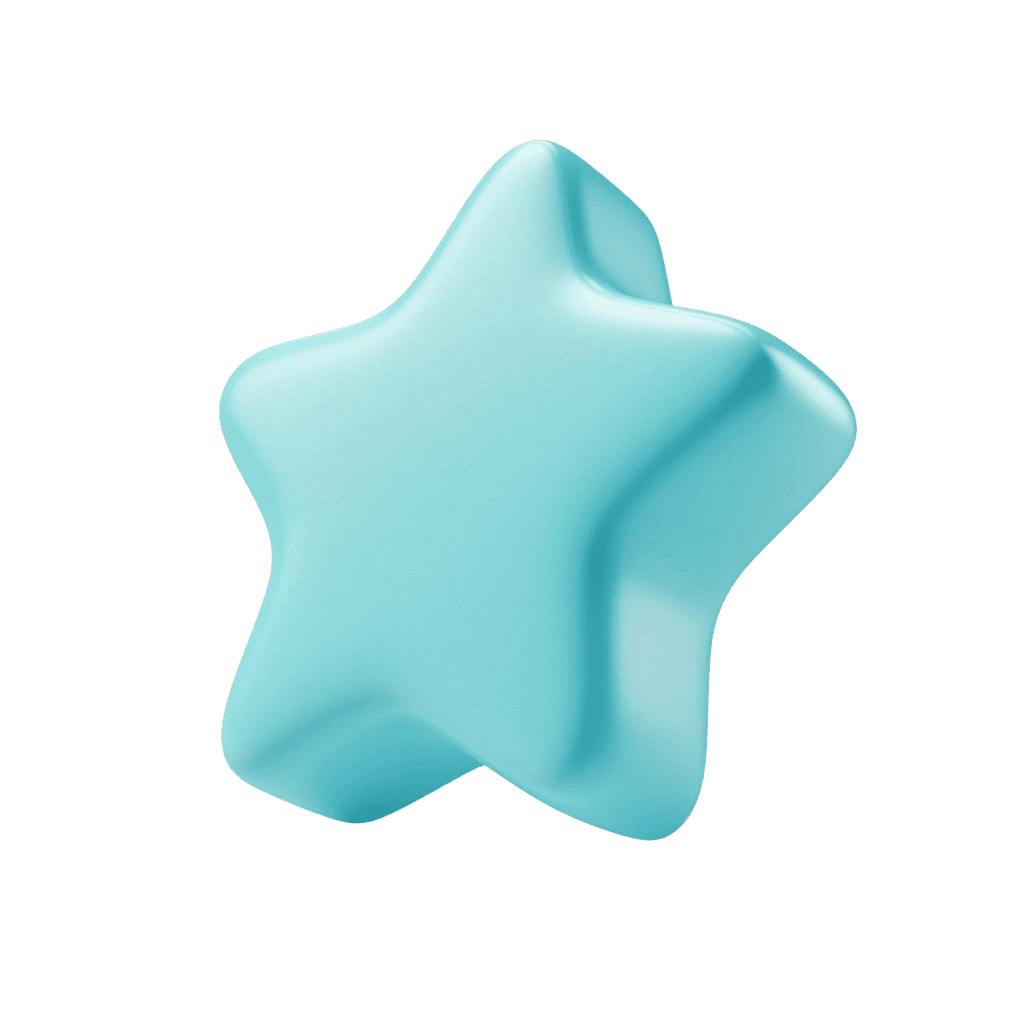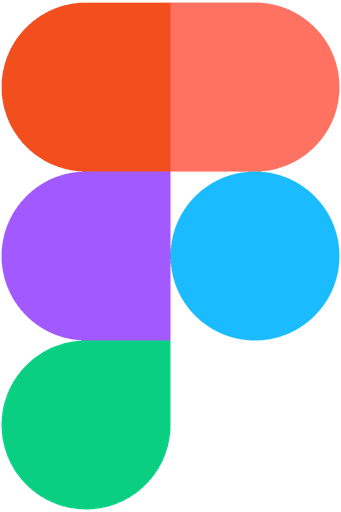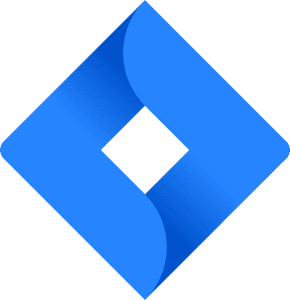Homa AIQ
Homa AIQ
Homa AIQ
A product which optimises healthcare spending efficiently
AiQ is a proprietary, end-to-end AI/ML analytics platform that utilizes a data fabric for connected intelligence at its core. They’ve built automated pipelines to orchestrate data from multiple sources as well as clean and enrich the data using industry-accepted data dictionaries, crosswalks and vocabularies to support a portfolio of applications. Using micro-services and API architectures, they have enabled plug-and-play application development for a number of solutions ranging from health risk management and underwriting solutions to a one-stop health marketplace
A product which optimises healthcare spending efficiently
AiQ is a proprietary, end-to-end AI/ML analytics platform that utilizes a data fabric for connected intelligence at its core. They’ve built automated pipelines to orchestrate data from multiple sources as well as clean and enrich the data using industry-accepted data dictionaries, crosswalks and vocabularies to support a portfolio of applications. Using micro-services and API architectures, they have enabled plug-and-play application development for a number of solutions ranging from health risk management and underwriting solutions to a one-stop health marketplace
A product which optimises healthcare spending efficiently
AiQ is a proprietary, end-to-end AI/ML analytics platform that utilizes a data fabric for connected intelligence at its core. They’ve built automated pipelines to orchestrate data from multiple sources as well as clean and enrich the data using industry-accepted data dictionaries, crosswalks and vocabularies to support a portfolio of applications. Using micro-services and API architectures, they have enabled plug-and-play application development for a number of solutions ranging from health risk management and underwriting solutions to a one-stop health marketplace
Headquarters
Headquarters
7250 Dallas Pkwy Suite 400
7250 Dallas Pkwy Suite 400
Founded
Founded
2022
2022
Domain
Domain
Health care
Health care
Segment
Segment
B2B
B2B
Challenge
The ask was to develop a new solution that leverages AI technology to provide comprehensive insights into risk assessment, cost analysis, and healthcare investment optimisation. The challenge is to design and build a user-friendly and effective platform that empowers healthcare professionals and decision-makers to make informed decisions based on reasonableness and value. This solution should offer a seamless and intuitive experience for users, ensuring accessibility and usability across various stakeholders
The ask was to develop a new solution that leverages AI technology to provide comprehensive insights into risk assessment, cost analysis, and healthcare investment optimisation. The challenge is to design and build a user-friendly and effective platform that empowers healthcare professionals and decision-makers to make informed decisions based on reasonableness and value. This solution should offer a seamless and intuitive experience for users, ensuring accessibility and usability across various stakeholders
Results
Enhanced User Experience: Care AiQ's user-centric design ensures an intuitive and accessible platform for diverse stakeholders
Improved Decision-Making: Users benefit from data-driven insights for informed decisions in risk assessment, cost management, and investments
Cost Savings: Care AiQ drives substantial savings by identifying cost drivers and optimizing investments in healthcare
Milestone Achievement: Developing Care AiQ marks a UX design milestone, showcasing the impact of user-centric solutions in healthcare
Enhanced User Experience: Care AiQ's user-centric design ensures an intuitive and accessible platform for diverse stakeholders
Improved Decision-Making: Users benefit from data-driven insights for informed decisions in risk assessment, cost management, and investments
Cost Savings: Care AiQ drives substantial savings by identifying cost drivers and optimizing investments in healthcare
Milestone Achievement: Developing Care AiQ marks a UX design milestone, showcasing the impact of user-centric solutions in healthcare






Process:
Process:
Process:
Lightning Talks
We initiated the design process with stakeholder lightning talks to gain insights into their perspectives, motivations, and concerns related to the problem. We documented stakeholder points in Miro for visual reference and focused discussions on areas requiring further clarity
We initiated the design process with stakeholder lightning talks to gain insights into their perspectives, motivations, and concerns related to the problem. We documented stakeholder points in Miro for visual reference and focused discussions on areas requiring further clarity
We initiated the design process with stakeholder lightning talks to gain insights into their perspectives, motivations, and concerns related to the problem. We documented stakeholder points in Miro for visual reference and focused discussions on areas requiring further clarity



Synthesize Information
Once we finished lightning talks from all the stakeholders, I began to start looking for patterns and began to group together points around larger themes that they represent
This enabled me to not only revisit the information again to take it in at my own pace but also clarify what are the areas we need to truly focus on
Once we finished lightning talks from all the stakeholders, I began to start looking for patterns and began to group together points around larger themes that they represent
This enabled me to not only revisit the information again to take it in at my own pace but also clarify what are the areas we need to truly focus on
Once we finished lightning talks from all the stakeholders, I began to start looking for patterns and began to group together points around larger themes that they represent
This enabled me to not only revisit the information again to take it in at my own pace but also clarify what are the areas we need to truly focus on



Understand the Path
As a vague image of what we are working towards starts to form, I wanted to bring in some people who are currently working to achieve the goal that we are aiming to build
I wanted to understand the current process that these users experience, so I worked with the stakeholders bring in such people and to build a service blueprint with their help
A service blueprint not only helped me in understanding all the steps involved but also what the users were thinking and feeling as they went through the journey
It also revealed some key pain points that the users were facing in the process that exists today
As a vague image of what we are working towards starts to form, I wanted to bring in some people who are currently working to achieve the goal that we are aiming to build
I wanted to understand the current process that these users experience, so I worked with the stakeholders bring in such people and to build a service blueprint with their help
A service blueprint not only helped me in understanding all the steps involved but also what the users were thinking and feeling as they went through the journey
It also revealed some key pain points that the users were facing in the process that exists today
As a vague image of what we are working towards starts to form, I wanted to bring in some people who are currently working to achieve the goal that we are aiming to build
I wanted to understand the current process that these users experience, so I worked with the stakeholders bring in such people and to build a service blueprint with their help
A service blueprint not only helped me in understanding all the steps involved but also what the users were thinking and feeling as they went through the journey
It also revealed some key pain points that the users were facing in the process that exists today



Golden Path
With a clear understanding of the pain points faced by the potential users and the main areas that need to be focused on, I worked with the stakeholders to start building a golden path for the MVP. This path represented the how the user will go through the product to reach the most valuable feature of the product
This path outlines how users navigate the product to access its most valuable feature
With a clear understanding of the pain points faced by the potential users and the main areas that need to be focused on, I worked with the stakeholders to start building a golden path for the MVP. This path represented the how the user will go through the product to reach the most valuable feature of the product
This path outlines how users navigate the product to access its most valuable feature
With a clear understanding of the pain points faced by the potential users and the main areas that need to be focused on, I worked with the stakeholders to start building a golden path for the MVP. This path represented the how the user will go through the product to reach the most valuable feature of the product
This path outlines how users navigate the product to access its most valuable feature



Sketching
Once I had the path that needed to be designed I wanted to get started with some low fidelity designs. But from my previous experience I first wanted to understand what the stakeholders had in their minds and what they were envisioning as part of the solution. So I made them do a sketching exercise based around crazy 8’s to have them show and tell their perspective.
This helped me not only understand what mental models they had in mind but also prepare solid reasoning beforehand if I was bringing designs that were radically different from what they were expecting.
Once I had the path that needed to be designed I wanted to get started with some low fidelity designs. But from my previous experience I first wanted to understand what the stakeholders had in their minds and what they were envisioning as part of the solution. So I made them do a sketching exercise based around crazy 8’s to have them show and tell their perspective.
This helped me not only understand what mental models they had in mind but also prepare solid reasoning beforehand if I was bringing designs that were radically different from what they were expecting.
Once I had the path that needed to be designed I wanted to get started with some low fidelity designs. But from my previous experience I first wanted to understand what the stakeholders had in their minds and what they were envisioning as part of the solution. So I made them do a sketching exercise based around crazy 8’s to have them show and tell their perspective.
This helped me not only understand what mental models they had in mind but also prepare solid reasoning beforehand if I was bringing designs that were radically different from what they were expecting.



High Fidelity Designs
With a high amount of clarity that has been established due to the process that was followed so far, I started to build the high fidelity version of the product.
As with any zero to one product, the goal is not to build the best version off the bat. We build based on the assumptions that were made through this process of development and validate our ideas and keep rapidly iterating on the product.
With a high amount of clarity that has been established due to the process that was followed so far, I started to build the high fidelity version of the product.
As with any zero to one product, the goal is not to build the best version off the bat. We build based on the assumptions that were made through this process of development and validate our ideas and keep rapidly iterating on the product.
With a high amount of clarity that has been established due to the process that was followed so far, I started to build the high fidelity version of the product.
As with any zero to one product, the goal is not to build the best version off the bat. We build based on the assumptions that were made through this process of development and validate our ideas and keep rapidly iterating on the product.



Assumption Testing
The high fidelity screens go through continuous iterations as I present them to the client and any necessary stakeholders. Once the stakeholders are satisfied with the designs it is time to put them infront of users and validate the assumptions we’ve made through this design process.
Any feedback received is presented to the stakeholders and if agreed then those changes are incorporated back into the designs. This is a continuous process and as many ideas/assumptions as possible are validated during this process.
This is a parallel process where as soon as an idea has reached a decent state, I work with the stakeholders to put it in front of the users to get some feedback.
The high fidelity screens go through continuous iterations as I present them to the client and any necessary stakeholders. Once the stakeholders are satisfied with the designs it is time to put them infront of users and validate the assumptions we’ve made through this design process.
Any feedback received is presented to the stakeholders and if agreed then those changes are incorporated back into the designs. This is a continuous process and as many ideas/assumptions as possible are validated during this process.
This is a parallel process where as soon as an idea has reached a decent state, I work with the stakeholders to put it in front of the users to get some feedback.
The high fidelity screens go through continuous iterations as I present them to the client and any necessary stakeholders. Once the stakeholders are satisfied with the designs it is time to put them infront of users and validate the assumptions we’ve made through this design process.
Any feedback received is presented to the stakeholders and if agreed then those changes are incorporated back into the designs. This is a continuous process and as many ideas/assumptions as possible are validated during this process.
This is a parallel process where as soon as an idea has reached a decent state, I work with the stakeholders to put it in front of the users to get some feedback.



Developer Hand-Off
Once majority of the feedback has been incorporated into the product, that section is then handed over to the developers for development.
Hand-off according to me is also an iterative process as what worked for one team might not work for the other. So having the flexibility to make changes on the fly is important for me.
Once majority of the feedback has been incorporated into the product, that section is then handed over to the developers for development.
Hand-off according to me is also an iterative process as what worked for one team might not work for the other. So having the flexibility to make changes on the fly is important for me.
Once majority of the feedback has been incorporated into the product, that section is then handed over to the developers for development.
Hand-off according to me is also an iterative process as what worked for one team might not work for the other. So having the flexibility to make changes on the fly is important for me.











